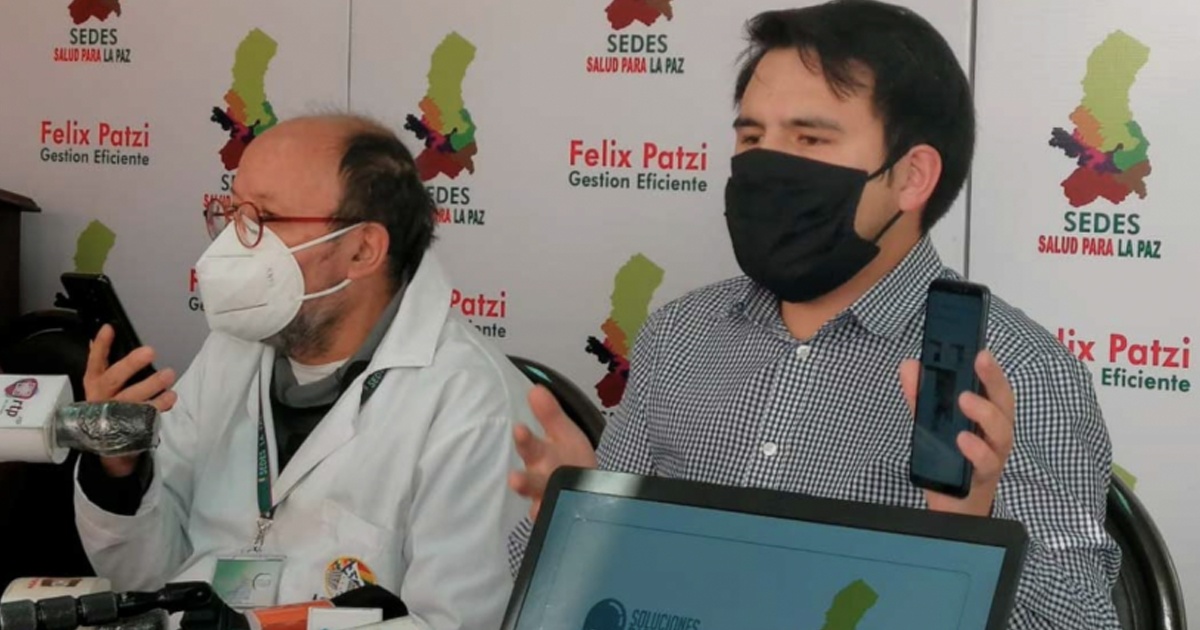The boom of telemedicine during 2020 has increased its value in Latin America, however, experts assure that it is time for the countries of the region to export telemedicine.
Telehealth and telemedicine services represent the possibility of reducing the burden on the health system. There is the opportunity to make remote inquiries through digital platforms or through telecommunications services.
The objective of telemedicine in the current context of COVID-19 and in general, does not seek to replace traditional medical appointments, but as an alternative that can solve several problems, such as providing remote services to remote communities, offering consultations with specialists from other parts of the world, provide remote health services to localities affected by natural disasters or in the case of COVID-19 to avoid crowds in health centers.

According to Juan Blyde, Lead Economist of the Integration and Trade Sector of the Inter-American Development Bank, Latin American countries should prepare to export telemedicine services, especially given the growing supply of this type of services in recent years, which has accelerated in recent months for the pandemic.
Telemedicine in the Latin American market is estimated to grow 17.2% this year. Which represents a total value of 2.5 million dollars. In 2015, telemedicine in Latin America had a value of $ 1.13 million, so if the estimates are met, in five years it will have increased its value by more than 100%.
In a survey carried out by the World Health Organization (WHO) in 2015, it was shown that in nine Latin American countries 67 types of telemedicine practices were found in various specialties. However, only in Peru, Argentina and Mexico did services involve actors in two different countries.
Blyde identifies three main barriers that prevent the export of medical services in the region. First the technological factors, the lack of interoperable tools in the computer systems of the countries involved. Second, the laws and regulations that govern each country, since in some countries, health professionals cannot provide their services beyond their borders. Another important point is the difference between clinical records, and the protection of patient data. And finally, the differences between culture and languages, as well as different contexts.





